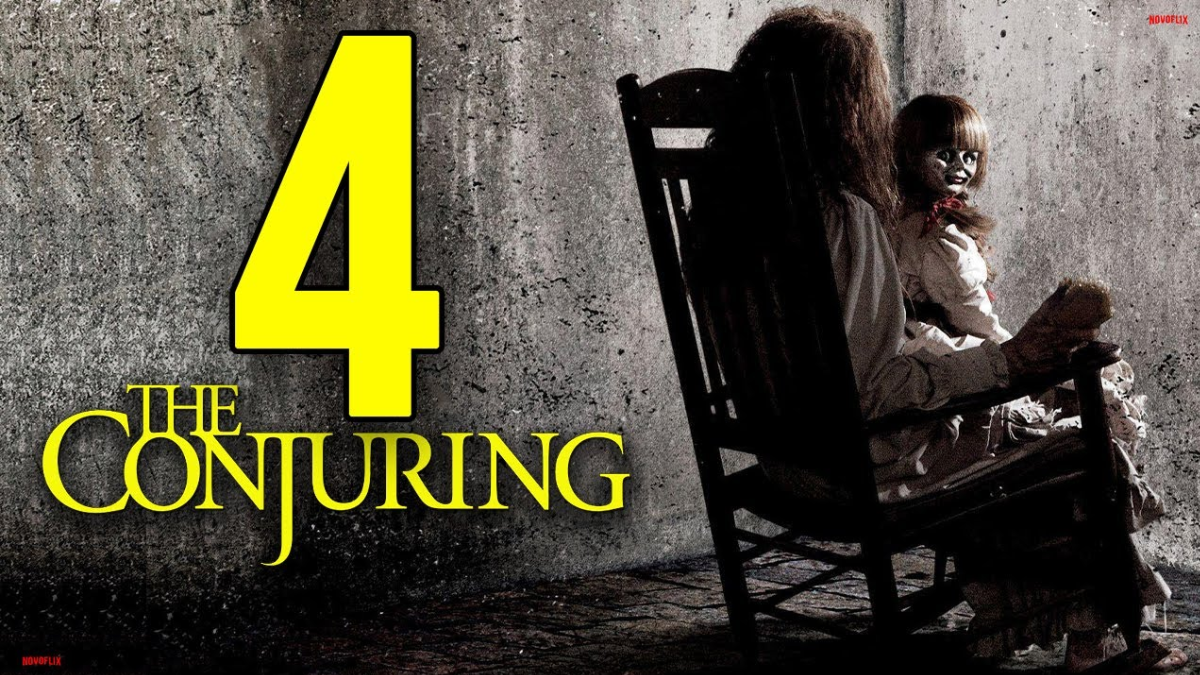
Advertisement
The horror genre is at a crossroads. After a decade dominated by haunted universes, slashers, and psychological nightmares, the next big leap in terror may come from an unexpected place: The Last Rites.
Marketed as a spiritual successor to The Conjuring series but with a darker, more philosophical edge, The Last Rites has already generated buzz from critics and early festival screenings. Directed by genre innovator Michael Chaves and produced by a dream team of horror heavyweights, the film promises to push possession horror into uncharted territory.
While exorcism stories are nothing new — The Exorcist still casts a long shadow over the genre — The Last Rites dares to explore themes of faith, institutional corruption, and moral ambiguity in a way that feels fresh and unnerving. It’s not just about banishing demons from bodies; it’s about confronting the demons within society, the church, and the human psyche.
Industry insiders believe this film could do for religious horror what Jordan Peele’s Get Out did for social horror — spark conversations that go beyond the theater and cement horror as a vehicle for cultural critique.
But what exactly makes The Last Rites so different, and why are horror fans calling it the next landmark in the genre? Here’s a deep dive into the story, creative team, and the seismic shift this movie could bring to the horror landscape.
The Story — Beyond a Simple Exorcism
Possession films often follow a familiar formula: a victim, a priest, a battle of wills between good and evil. The Last Rites takes that blueprint and subverts it.
The film follows a young priest questioning his faith as he is called to perform an exorcism in a rural European village. But as the ritual unfolds, he discovers that the real evil may not be the demon possessing the victim, but the very institution he serves.
This shift in perspective allows for a more nuanced, psychological narrative — one where the horror comes as much from institutional secrets, repressed guilt, and collective trauma as it does from supernatural terror. Early reviews have praised the film’s layered storytelling, noting that it asks viewers to consider whether “exorcism” is an act of salvation or control.
By giving its characters complex moral dilemmas and refusing to paint them in simple good-vs-evil terms, The Last Rites elevates the genre beyond mere spectacle. It offers what some critics are calling “Catholic horror for the postmodern age,” a film that is as interested in deconstructing faith as it is in making audiences jump out of their seats.
The Creative Team Behind the Fear
The power of The Last Rites lies in its creative vision. Michael Chaves, known for his work on The Conjuring: The Devil Made Me Do It and La Llorona, directs with a more mature, restrained hand here, favoring creeping dread over cheap scares.
James Wan serves as an executive producer, lending his signature ability to balance character-driven drama with chilling set pieces. The script reportedly went through multiple rewrites, with contributions from both seasoned horror writers and theologians to ensure that the religious and psychological elements feel authentic.
Cinematography plays a major role in the film’s unique tone — relying heavily on candlelight, natural shadows, and claustrophobic spaces to create a sense of suffocation and isolation. The sound design uses silence as much as screams, with unsettling soundscapes that make viewers lean in before hitting them with sudden bursts of terror.
This team isn’t just making a horror film — they’re crafting an experience meant to linger with audiences long after the credits roll.
How The Last Rites Could Redefine Religious Horror
Religious horror has often been dominated by the same narrative beats — possession, exorcism, salvation — with little room for moral complexity. The Last Rites seems ready to change that.
Instead of presenting religion as the unquestioned savior, the film interrogates its institutions. It asks: what happens when the church fails to protect the innocent? When its rituals become empty performances? And when the true horror is not demonic but human?
This approach aligns with a new wave of “elevated horror,” where the genre explores deeper cultural anxieties — from motherhood in Hereditary to colonialism in The Witch. By bringing this lens to Catholic horror, The Last Rites opens up the genre to fresh interpretations that resonate with today’s audiences, many of whom are more skeptical of organized religion but still fascinated by spiritual themes.
The Future of Horror After The Last Rites
If The Last Rites succeeds, it could usher in a new era of horror that is both scarier and smarter. Studios may greenlight more projects that take risks with structure, theme, and tone, rather than relying solely on jump scares or reboots.
It could also pave the way for more faith-based horror that isn’t afraid to critique the very faiths it represents. This kind of storytelling could broaden horror’s audience, appealing to both hardcore fans and cinephiles who crave substance.
Finally, The Last Rites might inspire a new generation of filmmakers to use horror as a tool for cultural commentary, proving once again that fear is one of the most powerful ways to confront uncomfortable truths.
Conclusion
The Last Rites has the potential to be a genre-defining moment. By combining bone-chilling scares with moral and philosophical questions, it offers more than entertainment — it offers a conversation.
If early reactions are any indication, this is the kind of movie that will keep audiences talking long after they leave the theater, debating not just what happened on screen but what it means for faith, morality, and the future of horror.
Whether it redefines the genre or simply stands as one of its finest examples, The Last Rites is a reminder that horror is at its best when it dares to challenge, provoke, and evolve.
